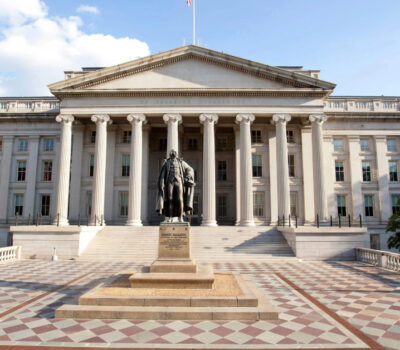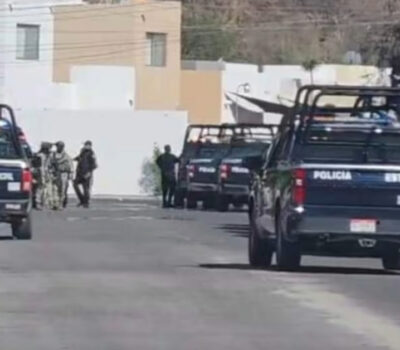Environmental groups and residents oppose Cancún Cathedral expansion in Ombligo Verde, citing ecological damage and lack of public consultation.
Tensions are rising in Cancún as environmental groups and local residents push back against a controversial expansion of the Cancún Cathedral within the ecologically sensitive Ombligo Verde park. Despite assurances from municipal officials, opponents claim the project is already causing damage and bypassing legal requirements for public consultation.
This week, officials from the Benito Juárez City Council held a working meeting with citizen representatives to address growing unease over the scope and impact of the church’s expansion. During the session, city authorities emphasized that the project involves only a minor portion of the protected green space—specifically 1,175.38 square meters—and reiterated that neither privatization nor urbanization of the park is underway.
The expansion, promoted by the Prelature of Chetumal, a registered religious association, reportedly holds all required environmental and urban development permits. Officials framed the project as legally sound and environmentally compliant, while stressing that the Ombligo Verde will remain a public area and a vital green lung for Cancún.
To address transparency concerns, the city announced plans for an open informational session to expand dialogue with concerned citizens.
But for many environmentalists and neighborhood groups, these reassurances fall short.
Critics argue that visible environmental damage has already occurred at the site. These include the removal of protected tree species and unpermitted soil movement—actions that they say point to a broader scope of development than officially acknowledged. Activist Katerine Ender shared photos on social media allegedly showing environmental degradation caused by the cathedral expansion works.
Local organizations are also raising alarms over the lack of community input prior to the project’s approval. By law, developments within areas of environmental and social significance like the Ombligo Verde require open public consultation before permits are issued. Residents fear that the current expansion could set a dangerous precedent for future construction inside the ecological reserve.
“This is about more than just a building,” one resident said. “It’s about the integrity of a green space that belongs to all of us.”
The opposition is preparing to take formal legal action. Representatives have announced plans to file complaints with district courts, the State Attorney General’s Office, and the Federal Environmental Protection Agency (PROFEPA). They are seeking the immediate suspension of construction and the implementation of environmental safeguards to prevent further damage.
In response, the City Council reaffirmed its commitment to dialogue and transparency. Officials said they remain open to hearing residents’ concerns and will respect institutional procedures for addressing grievances.
Still, the dispute reflects a broader tension in Cancún between development interests and environmental stewardship—especially in a region where rapid urban growth has often come at the expense of fragile ecosystems.
The upcoming public information meeting may serve as a key turning point in determining whether the cathedral’s expansion proceeds—or if community pushback forces a reevaluation of the project’s footprint in one of Cancún’s last remaining green sanctuaries.
Environmental groups and residents oppose Cancún Cathedral expansion in Ombligo Verde, citing ecological damage and lack of public consultation.











